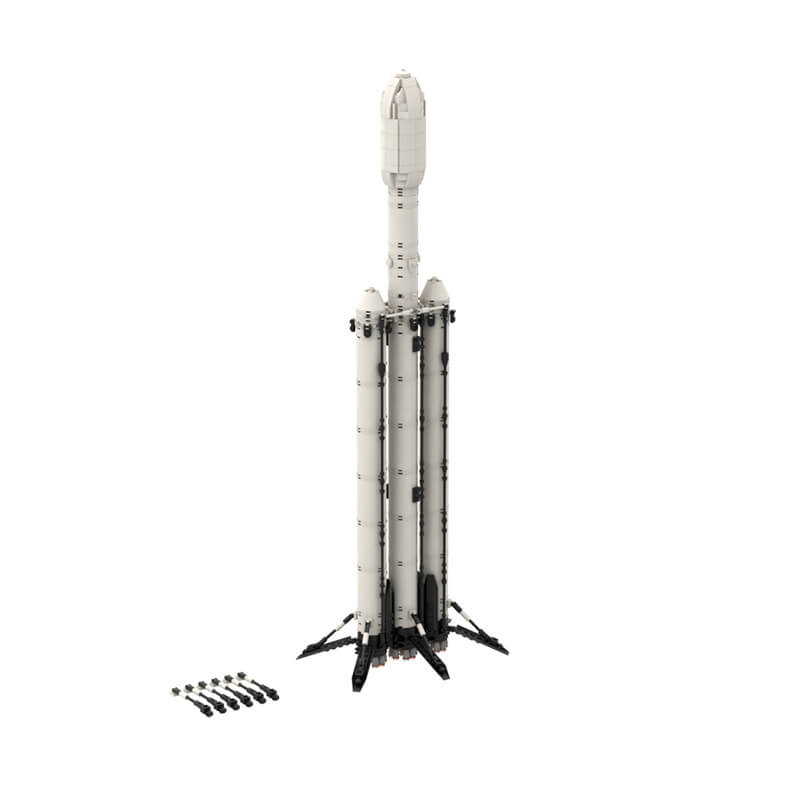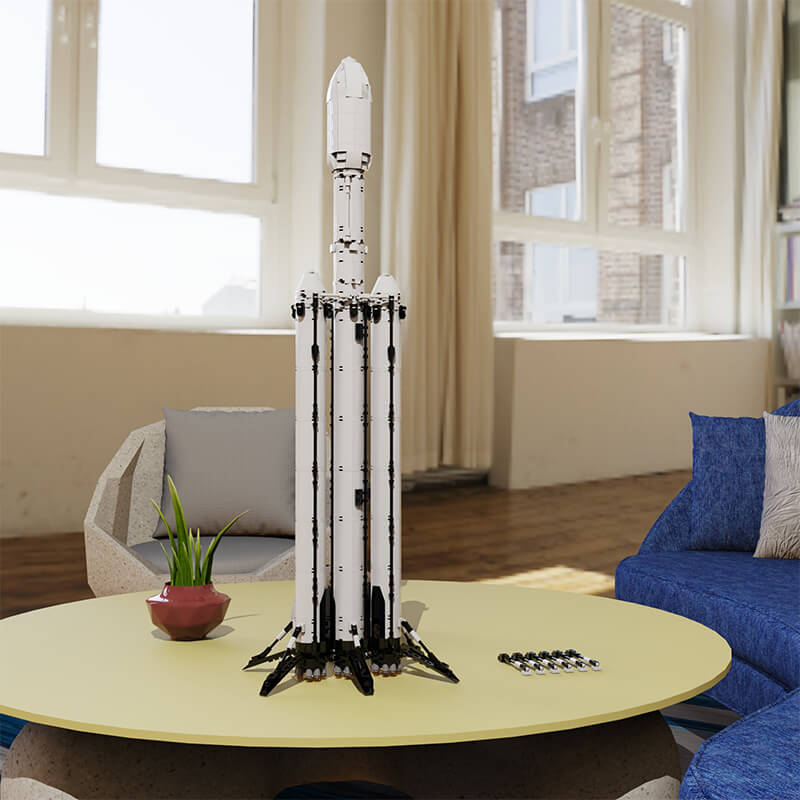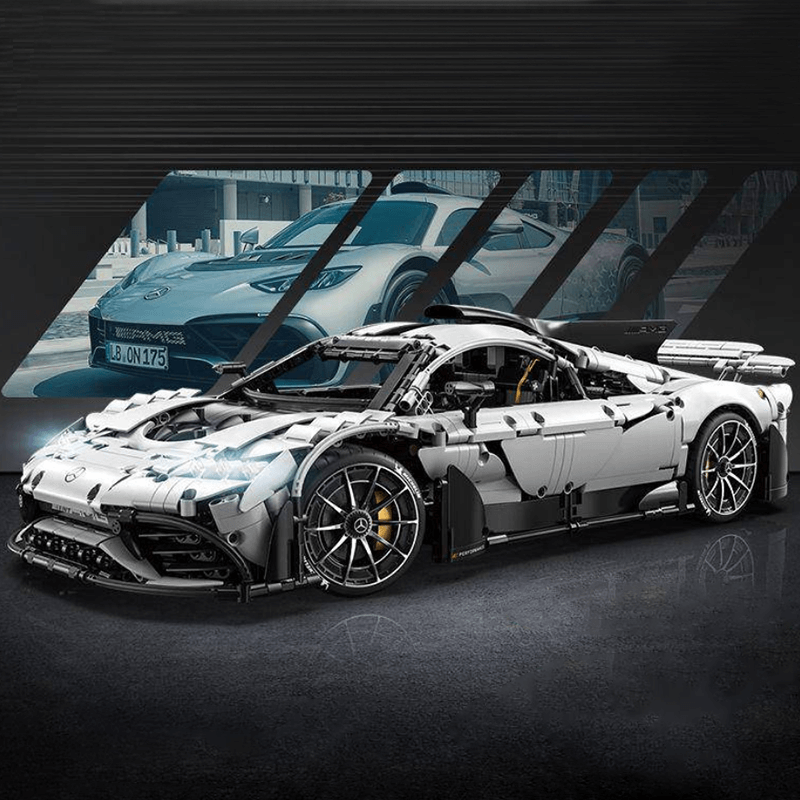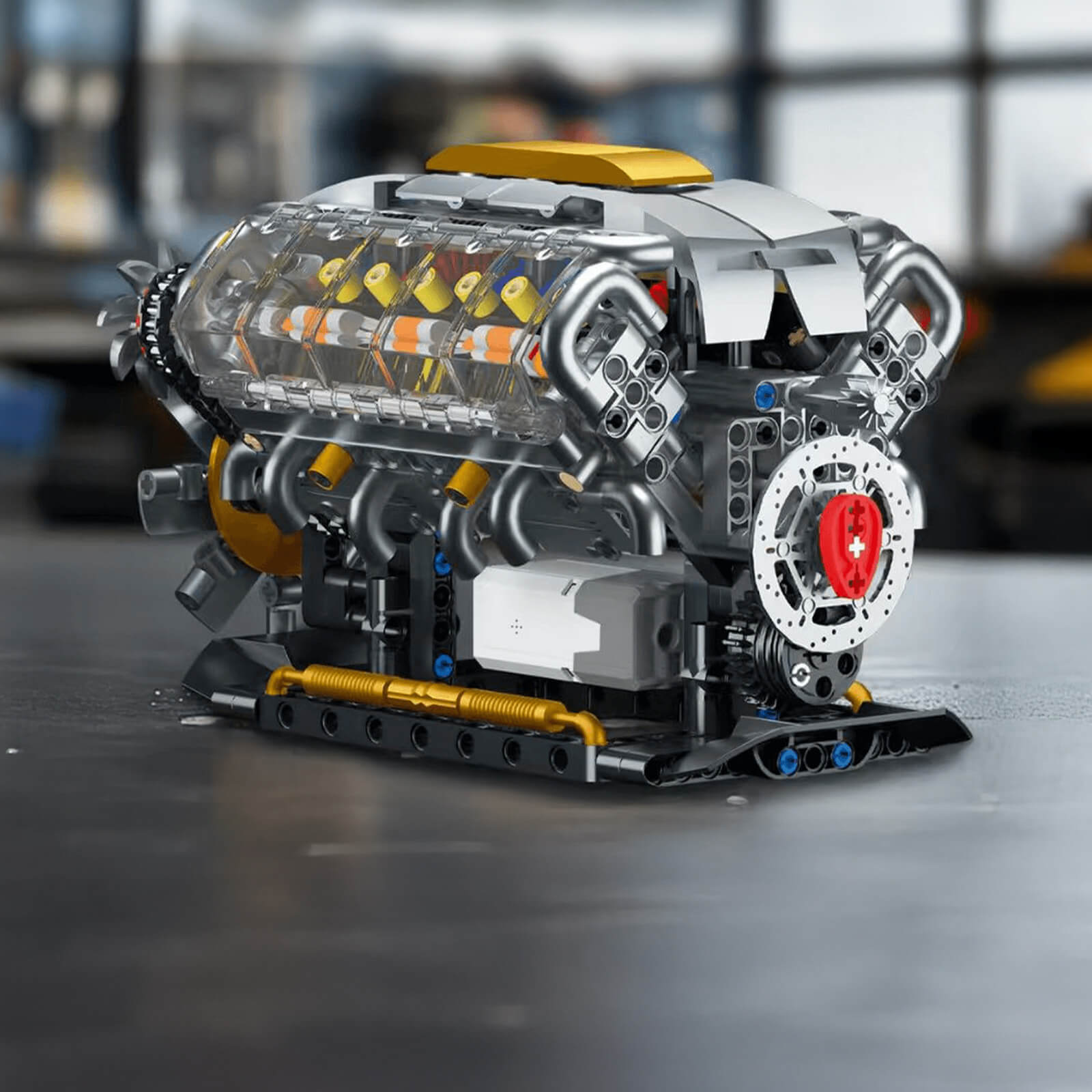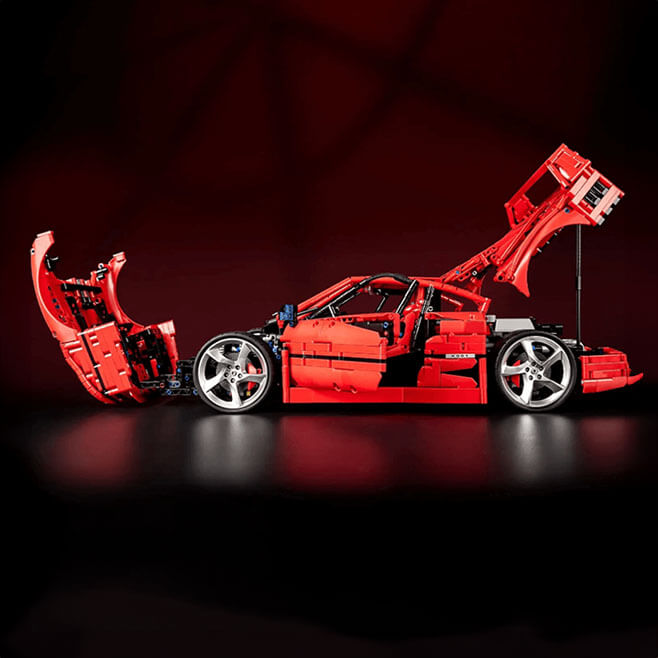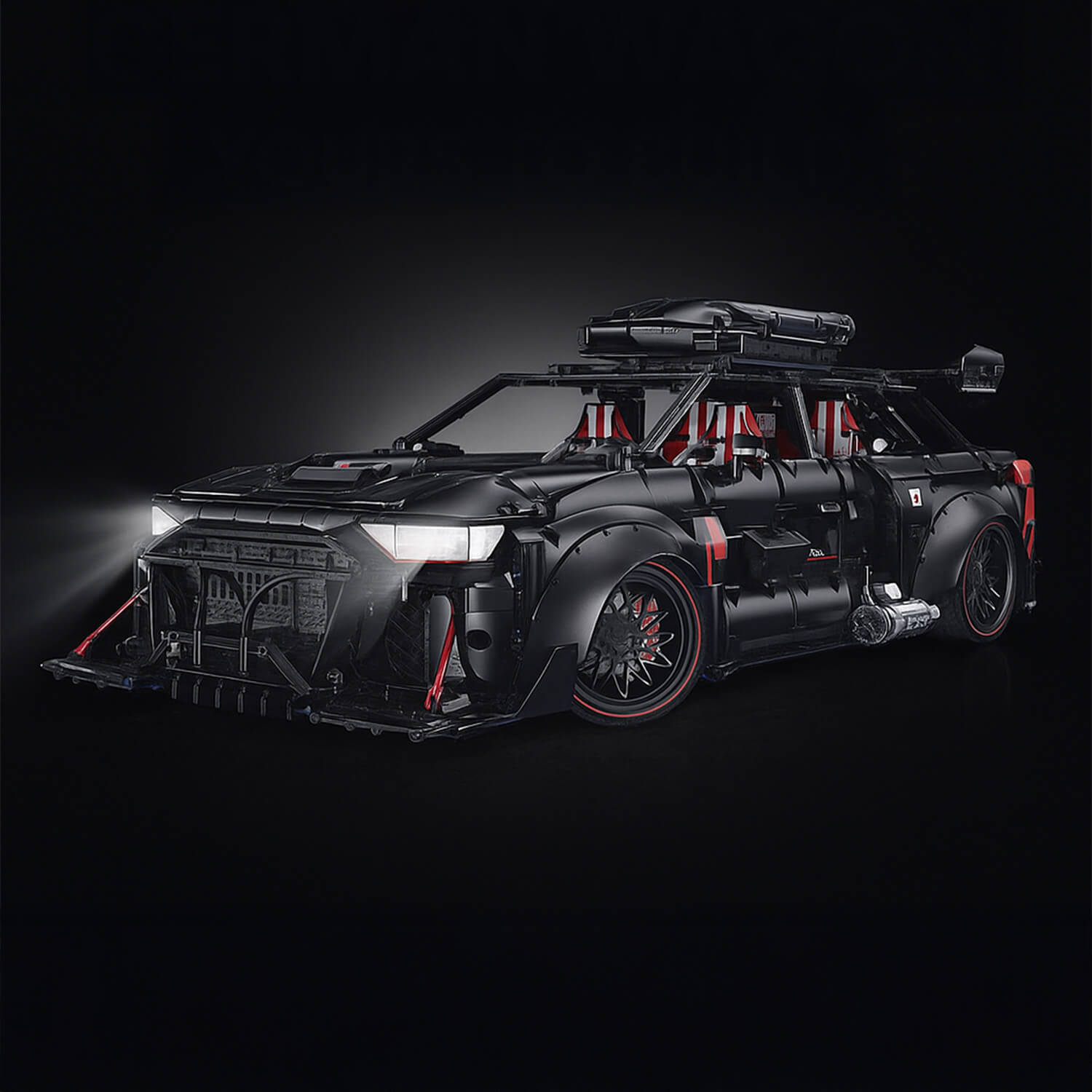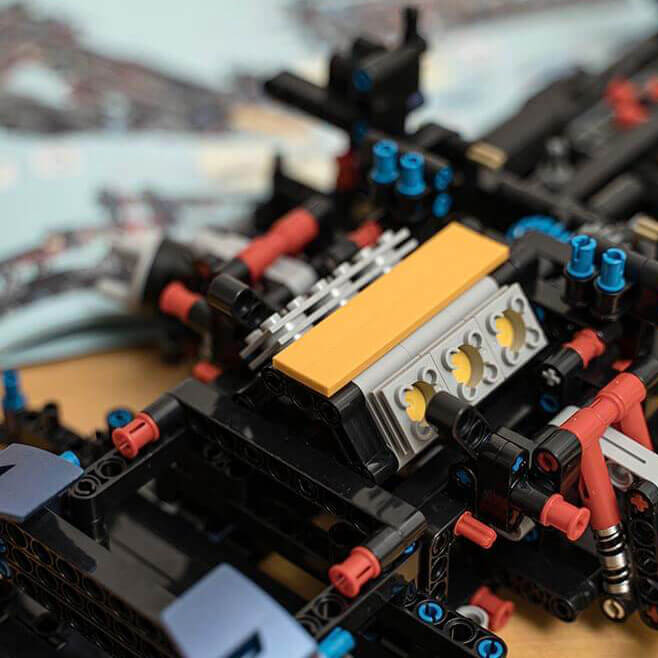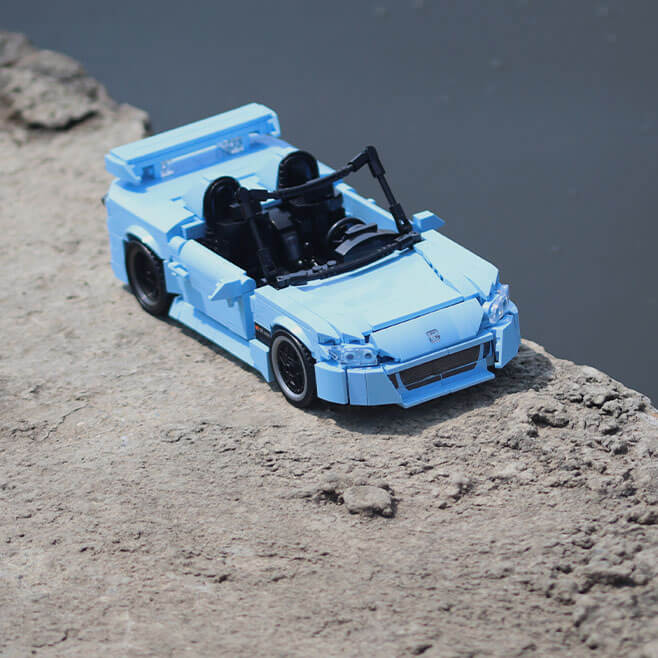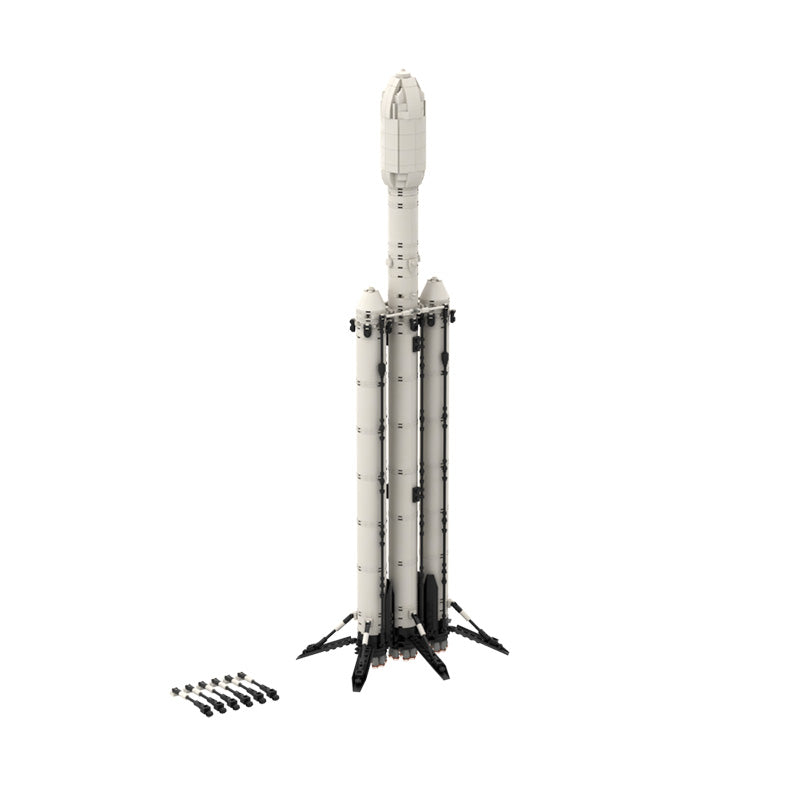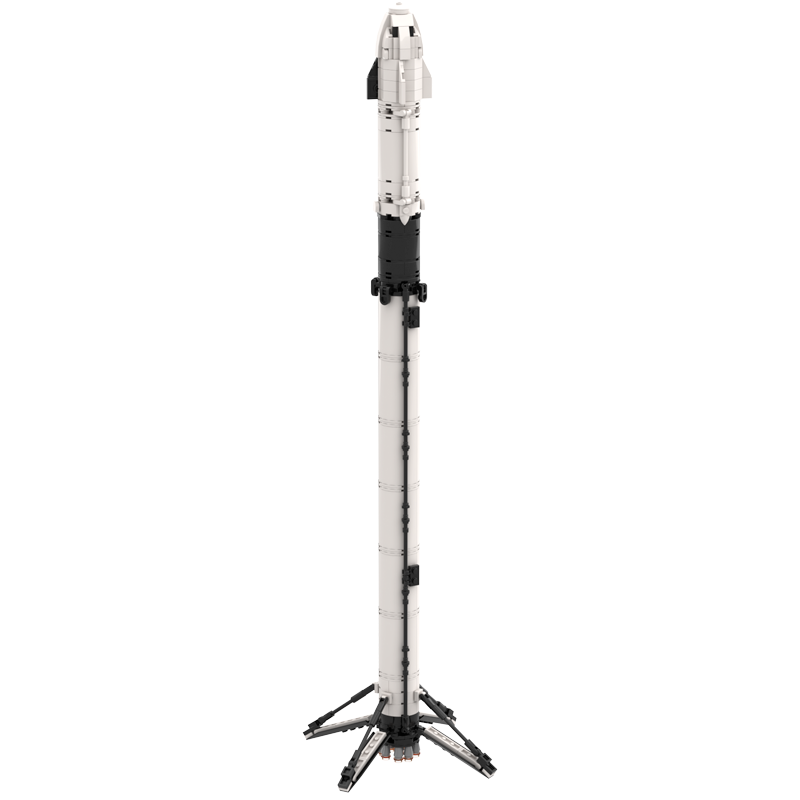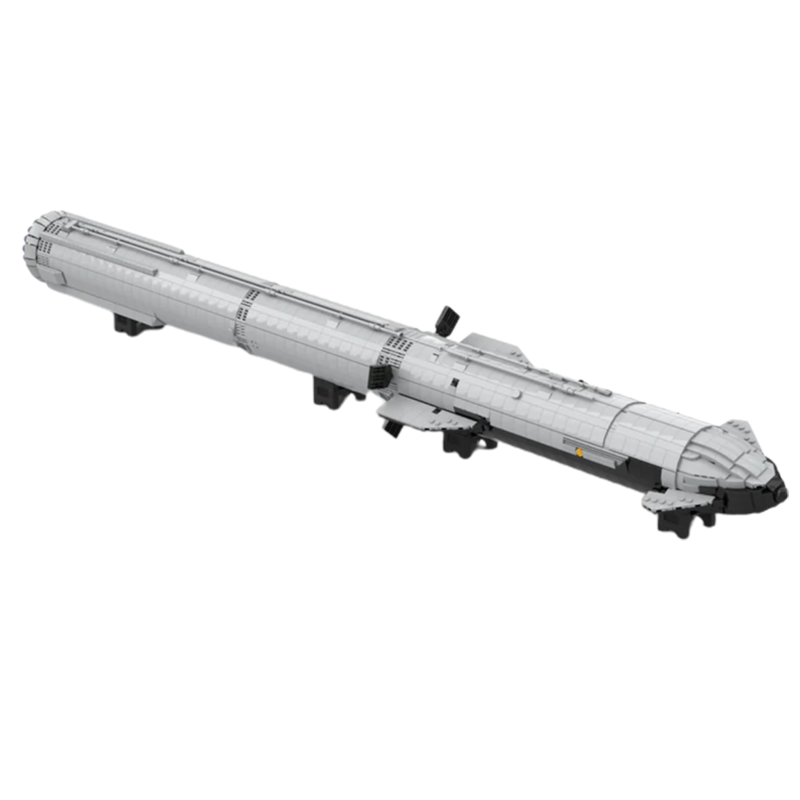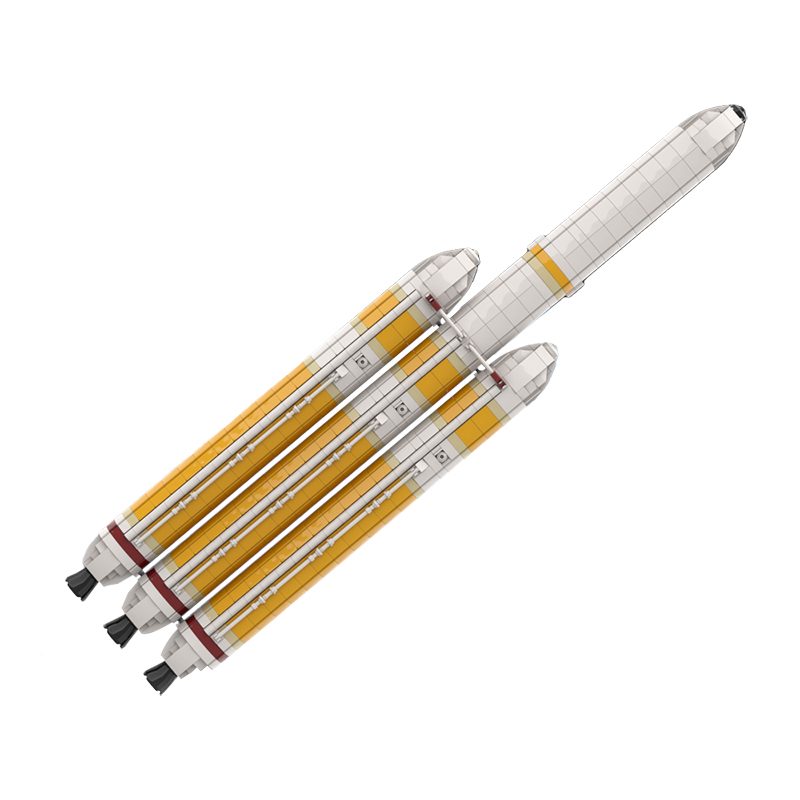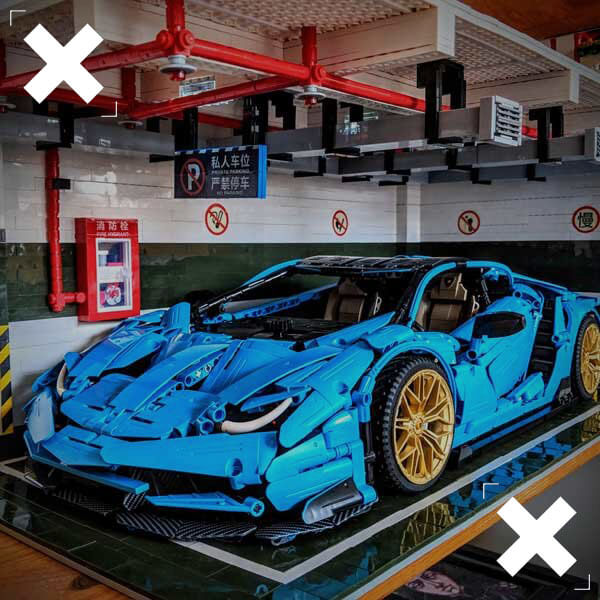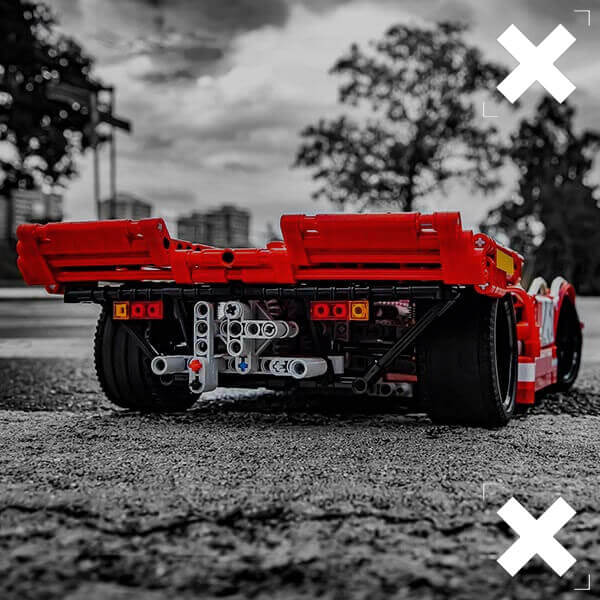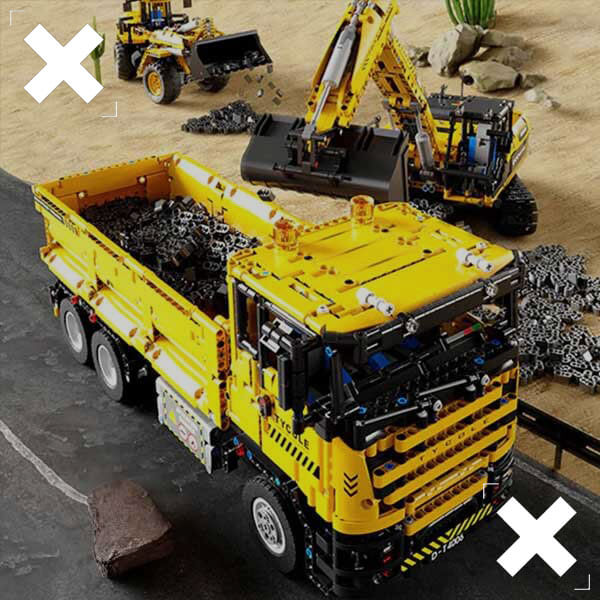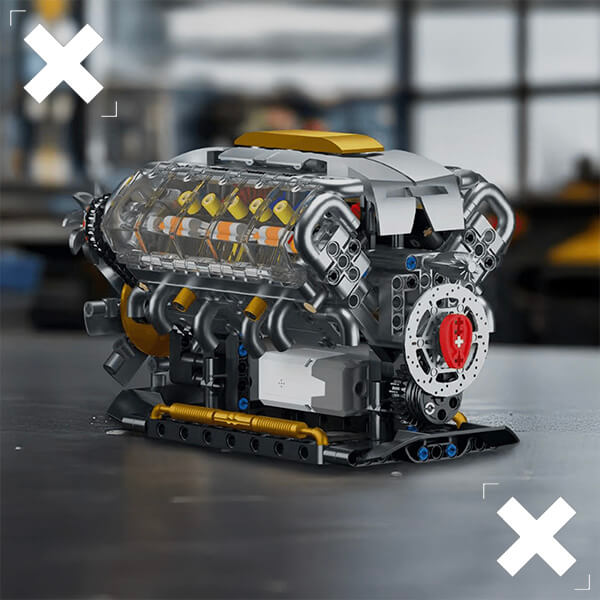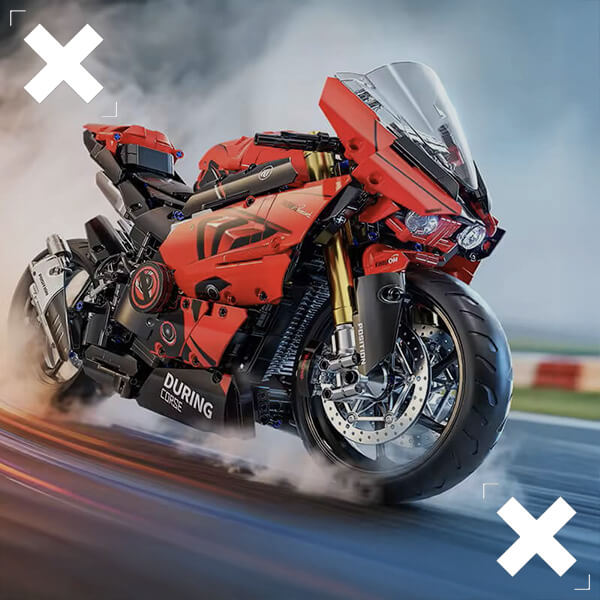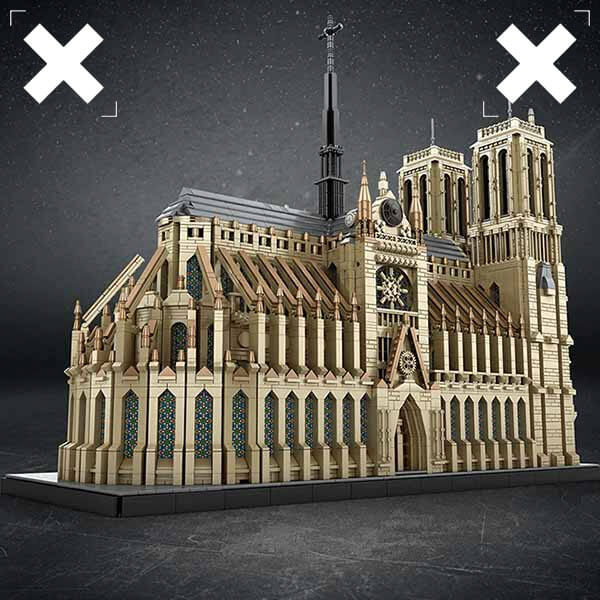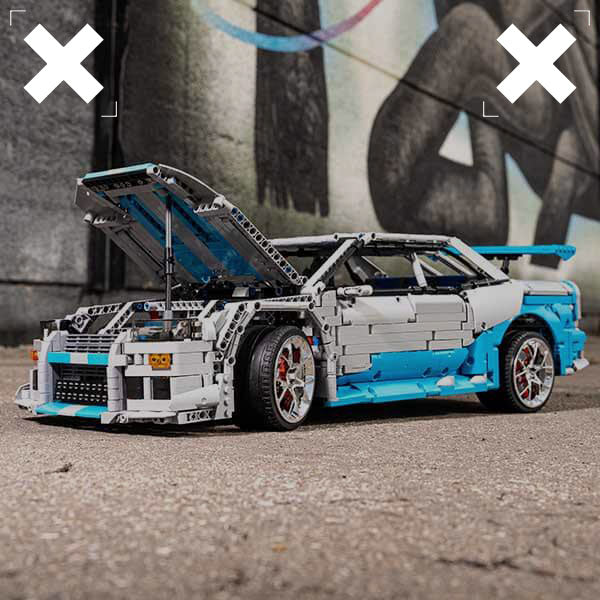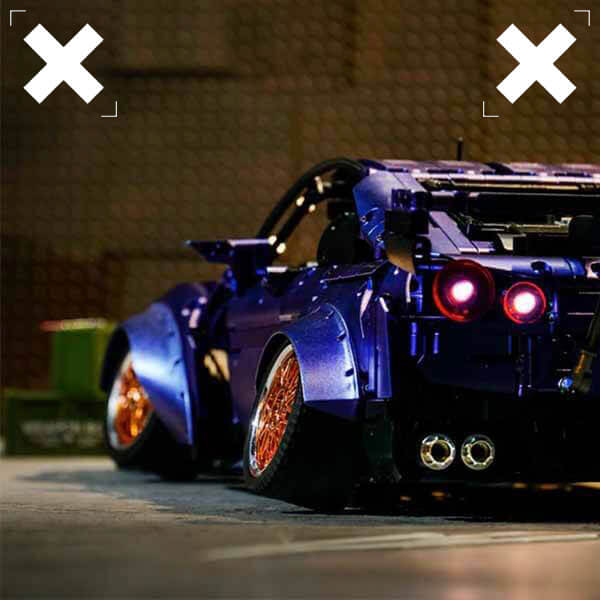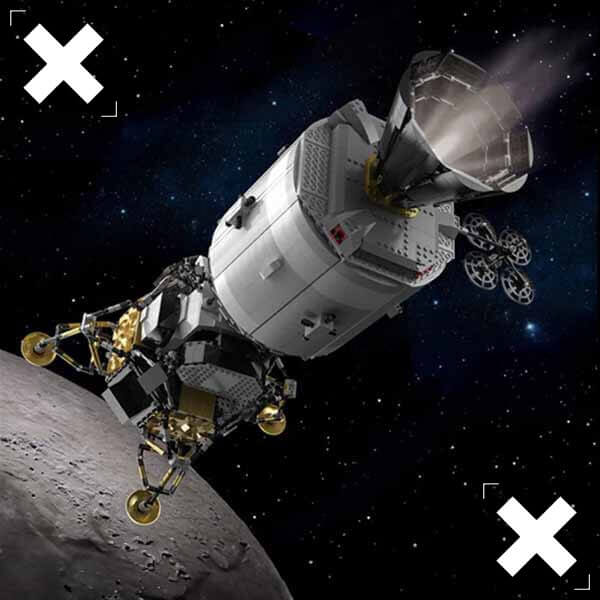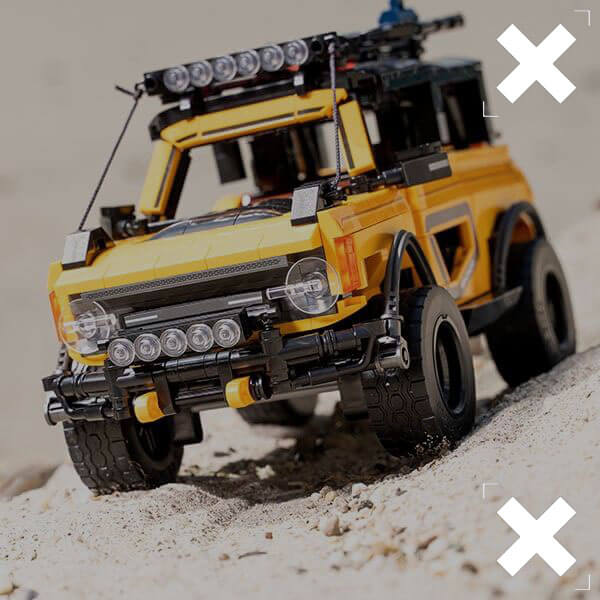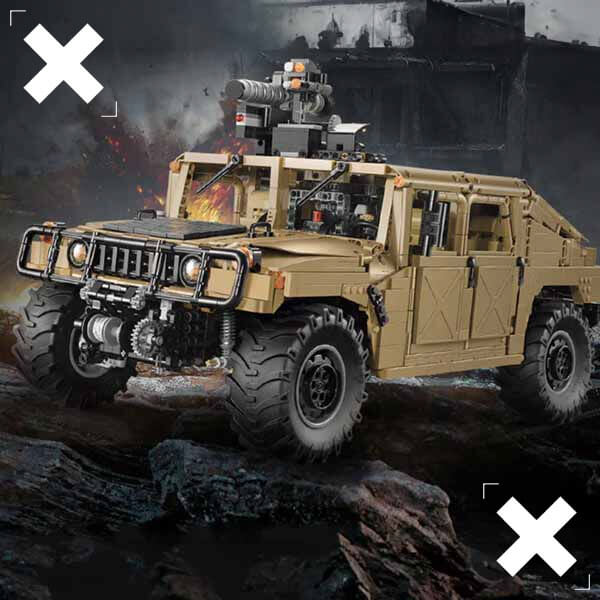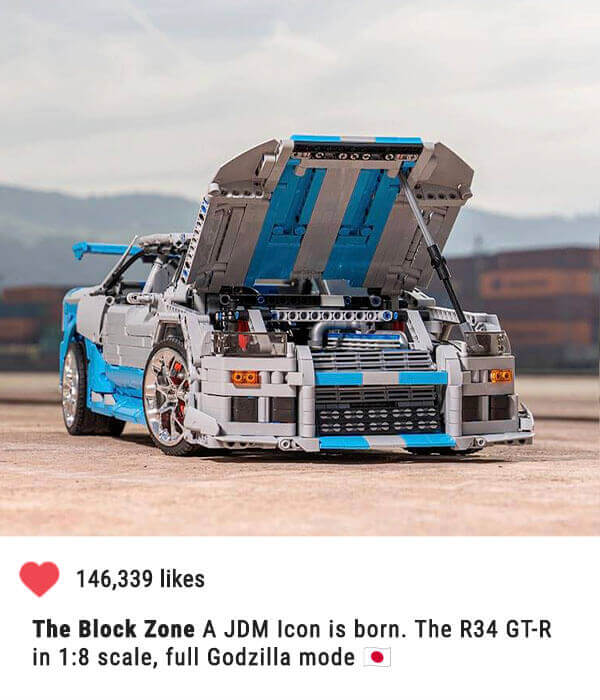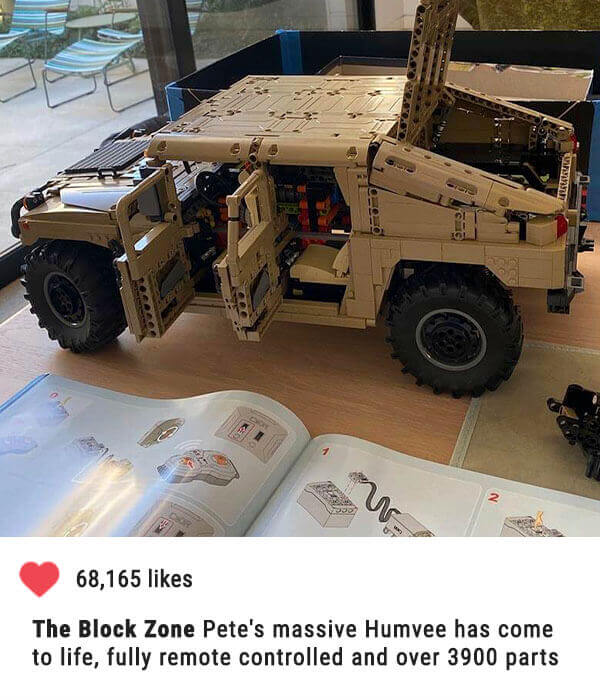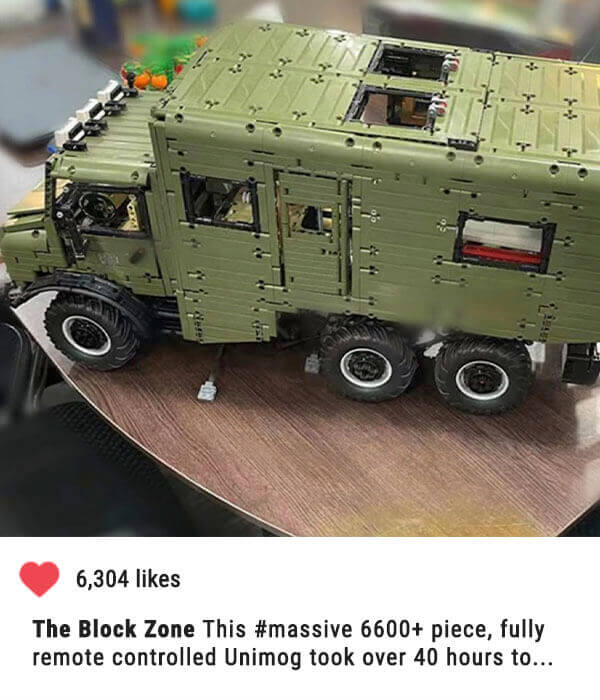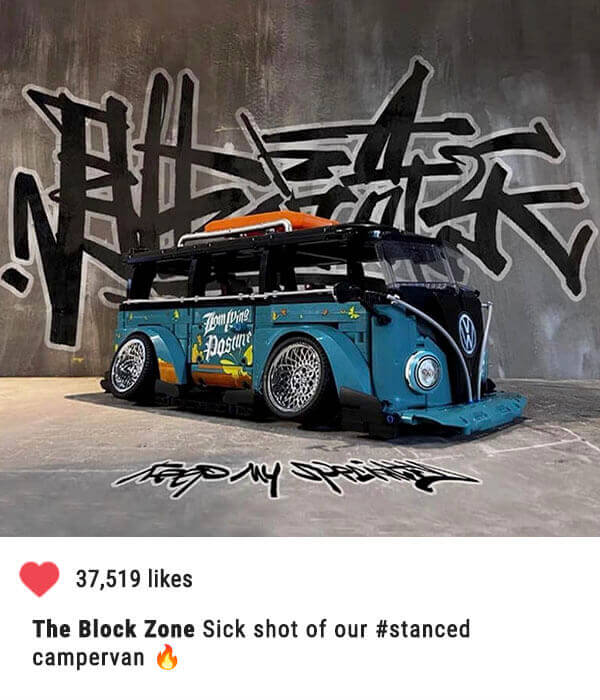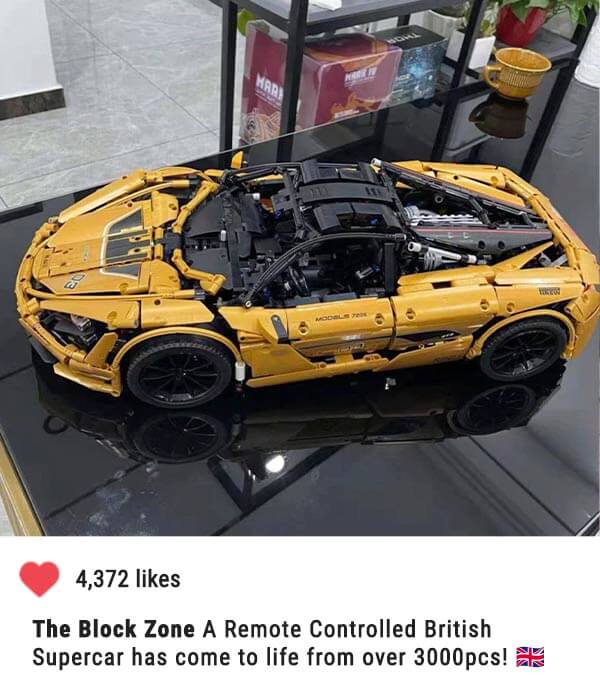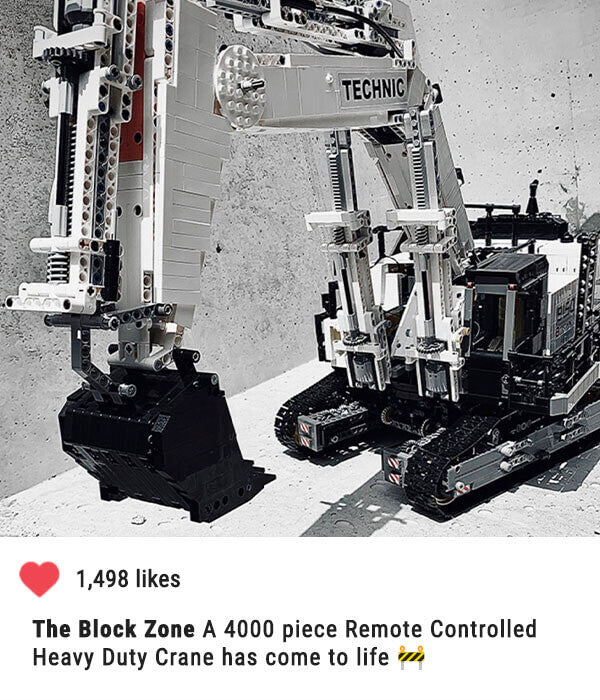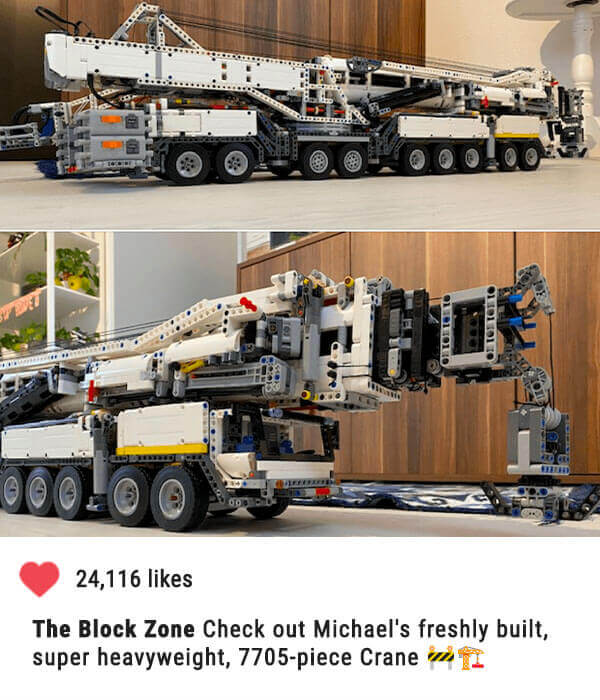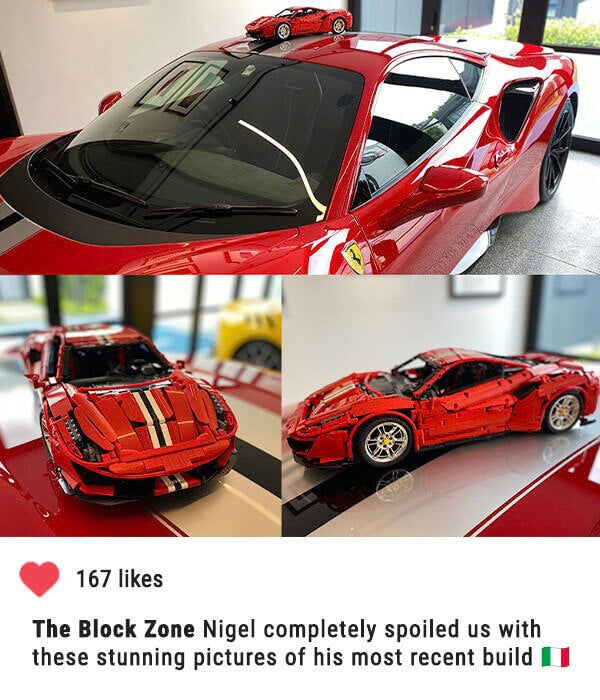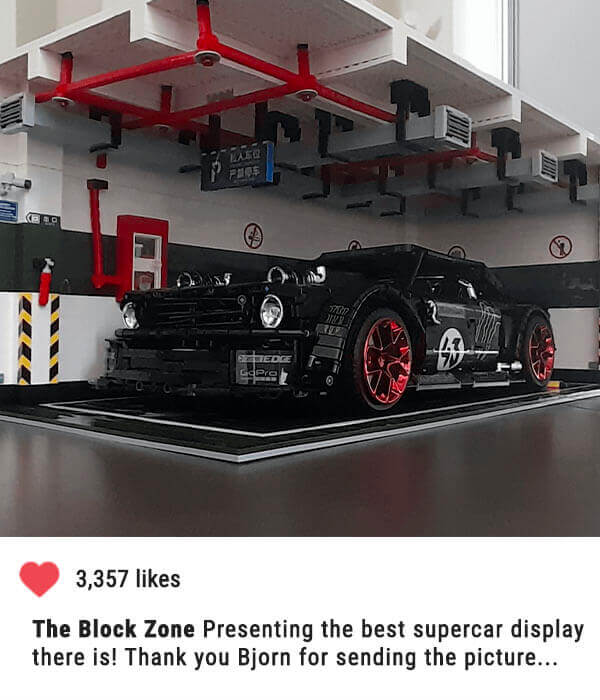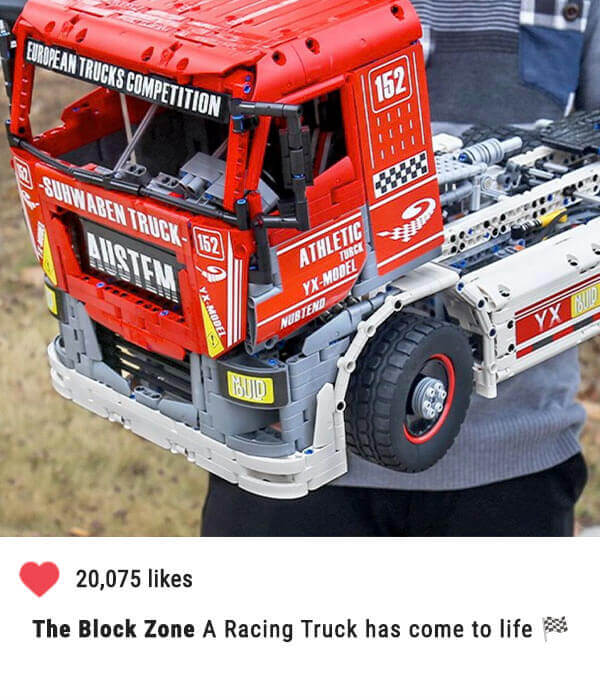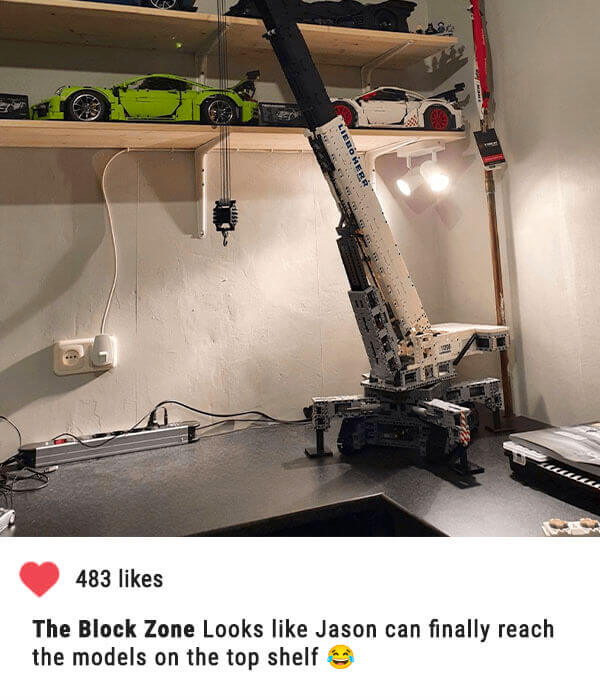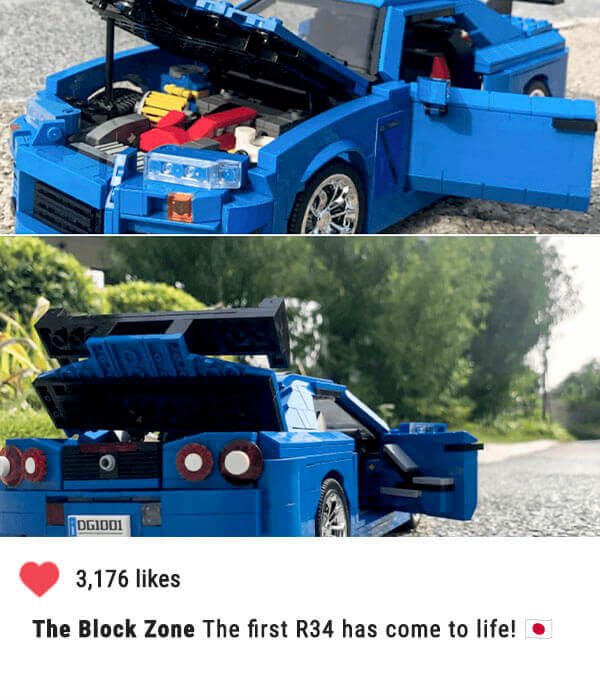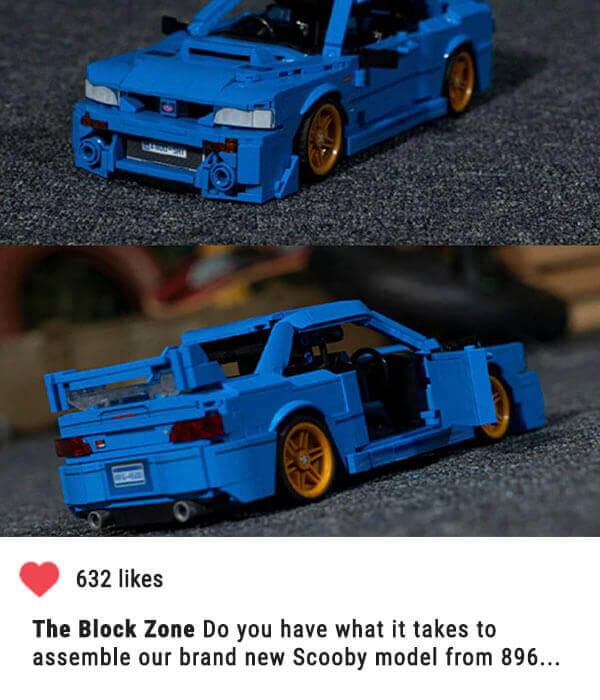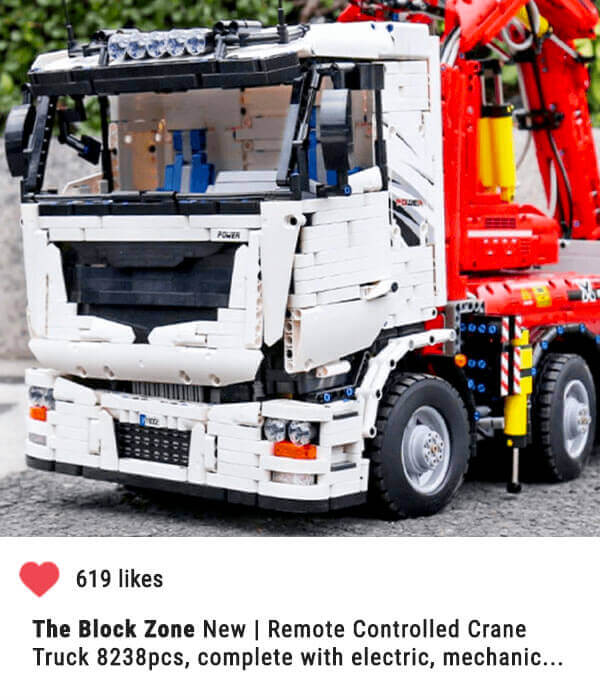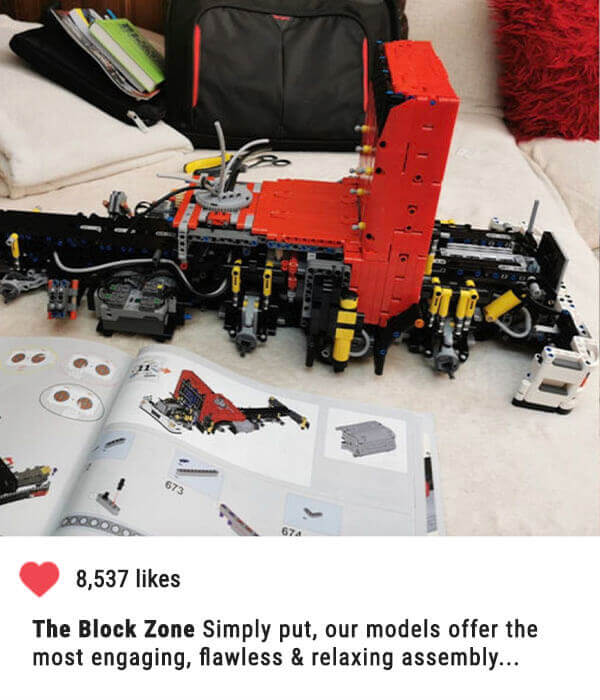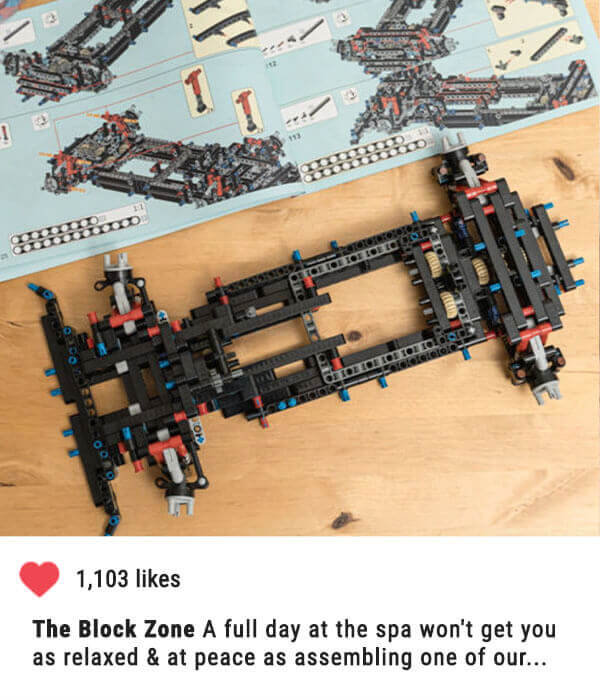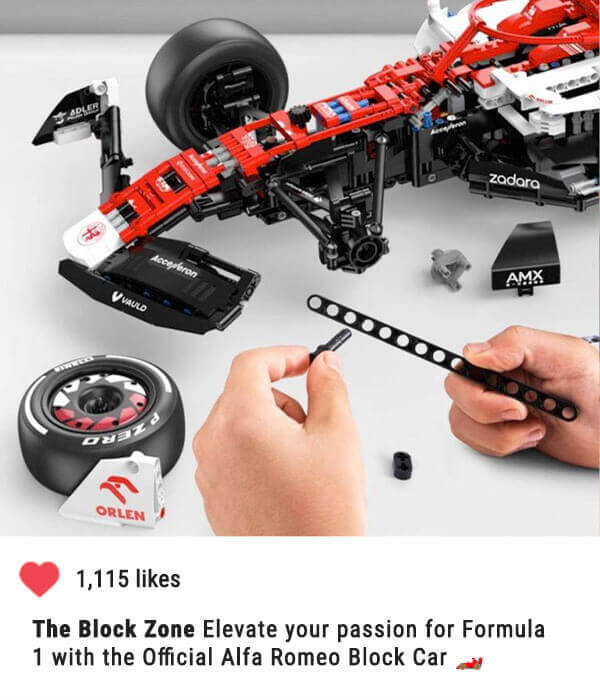"I've always loved building things, so blocks became the perfect medium for me to express myself..."
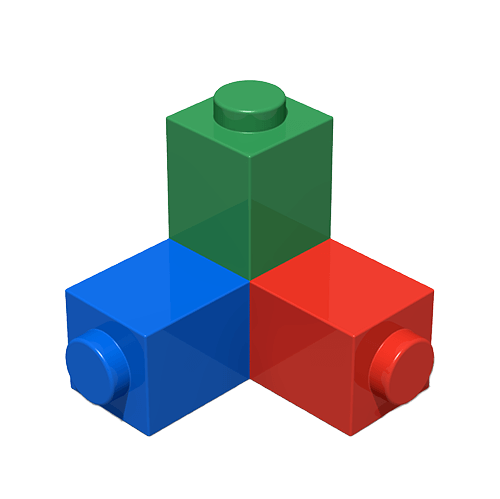
-Emil Romano, an extremely talented designer & self proclaimed "space nerd".
7
LISTED MODELS
14418
TOTAL PIECES
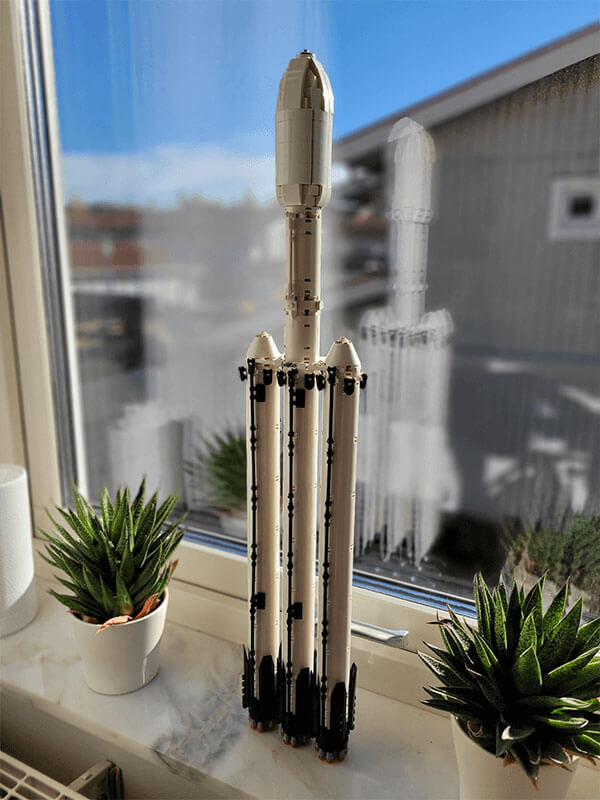
IN THE SPOTLIGHT
EMIL ROMANO
The year is 2021. We had no space themed models on our website, but we had numerous requests to launch (excuse the pun) models of rockets & space related vehicles. If you think about it, assembling a rocket sounds like a very boring task. At the end of the day it's just a tube...or so we thought.
After a few months of research and product testing we came across Emil's Falcon Heavy design, a 700+ piece, 60+cm model that we fell in love with. Emil's designs completely changed our minds and perspective on this captivating theme. What makes his models stand out from the rest is the incredible level of detail they offer, from the fuel lines & fins to the exterior core details and even the payloads.
To give you an idea of what we mean: Emil's Falcon Heavy rocket has, of course, a payload fairing. Can you guess what the payload is? It's a red Tesla Roadster, a miniature of the one that was sent to Space on Falcon's inaugural launch! That's the level of detail and out-of-the-box thinking that Emil puts into his designs. We think this example perfectly illustrates how fun & innovative Emil's designs are.
Since launching a part pack for his Falcon Heavy we've worked closely with Emil to build a our Space Collection, which is now the largest in the world. Although not all of our Space models are designed by Emil, his are the ones we always recommend. We try to launch all of Emil's designs, because, above all else, no other space themed models come close.
View Emil's DesignsAN INTERVIEW WITH EMIL
To our fans & followers Emil is best known for his iconic rocket designs and we know you'd love to meet the legend behind the MOCs! Here's what he's shared with us in an interview about his background, models, passions and his unique design process.
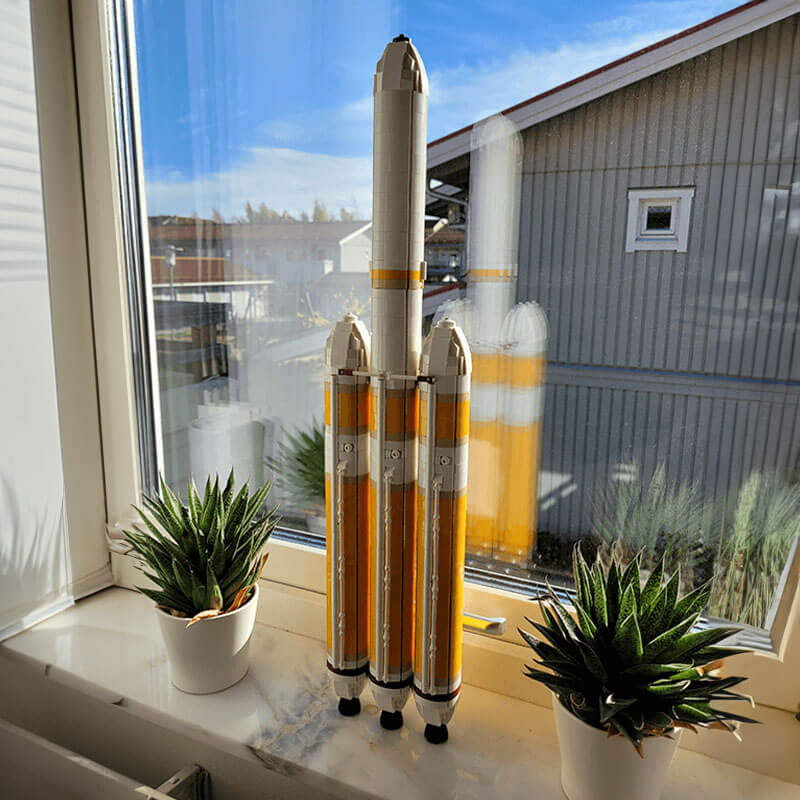
WHAT STARTED YOUR PASSION FOR BLOCKS?
"As far back as I can remember I've always loved building with blocks, both at kindergarten/school and home where I had both sets and free-lying bricks which I used to reassemble into houses, vehicles, etc. to play with my sister. I've always loved building things, so blocks became the perfect medium for me to express myself creatively when I was younger, and that's still the case to this day."
View Emil's Designs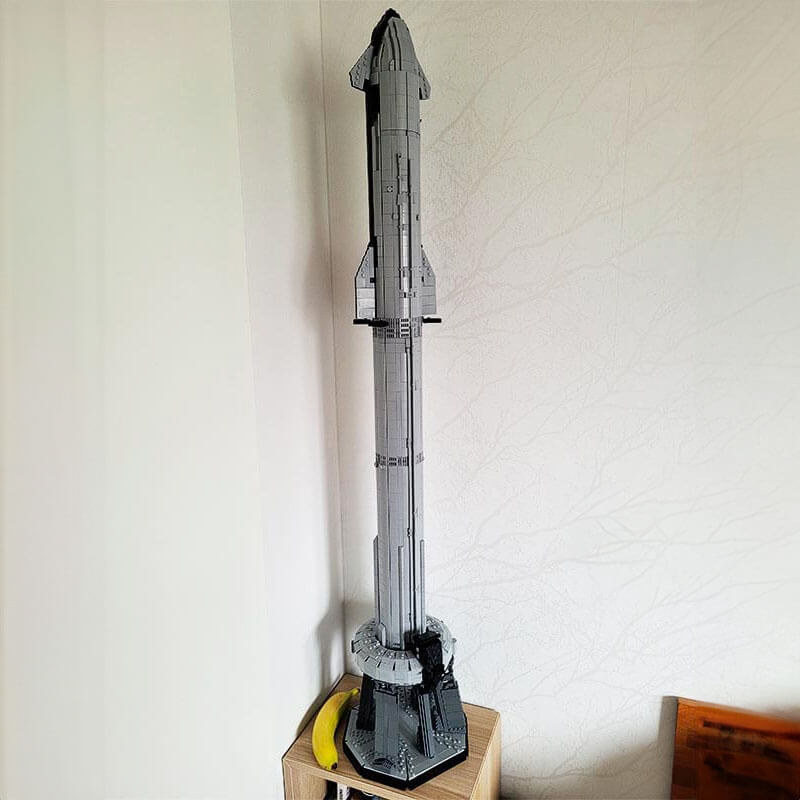
BANANA FOR SCALE...
WHEN DID YOU START CREATING YOUR OWN DESIGNS?
"In the beginning of 2021 I started designing what would become my first commercially sold design. Inspired by SpaceX's flight tests of their Starship prototypes I started creating some simple recreations of their rockets in Stud.io, which I had learnt to use for an earlier set modification.
As my proficiency with the program increased I was able to channel more of my creativity and adapt the building experience and techniques I had acquired over my years of building. The models improved each day to the point where I was happy to share their instructions publicly and then it just grew from there on."
View Emil's Designs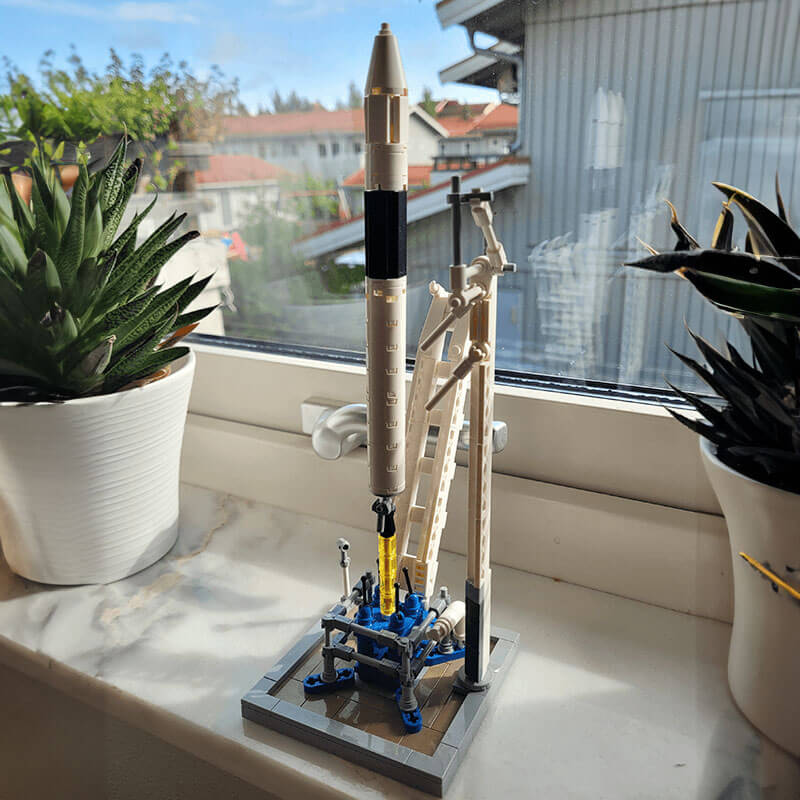
WHAT TYPES OF MODELS DO YOU ENJOY BUILDING?
"I specialize in recreations of real rockets, particularly in 1:110 scale which is the same scale as the Saturn V set. But I've also undertaken the creation of some launch pads for my rockets, both to offer a nice display base, but also to challenge myself to create something different from the typical cylindrical and conical shapes found in my rockets."
View Emil's DesignsWHAT'S A FUN FACT ABOUT YOU?
"Apart from my engineering studies and rocket model designing, I also play basketball in the third-tier in Sweden, so a lot of my days are full-booked."
-Emil Romano
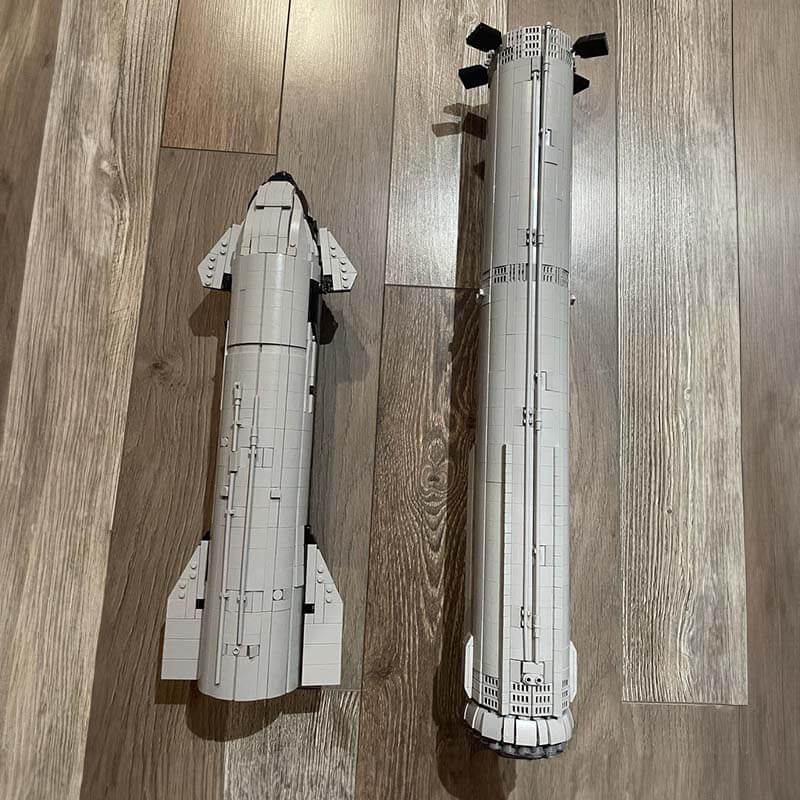
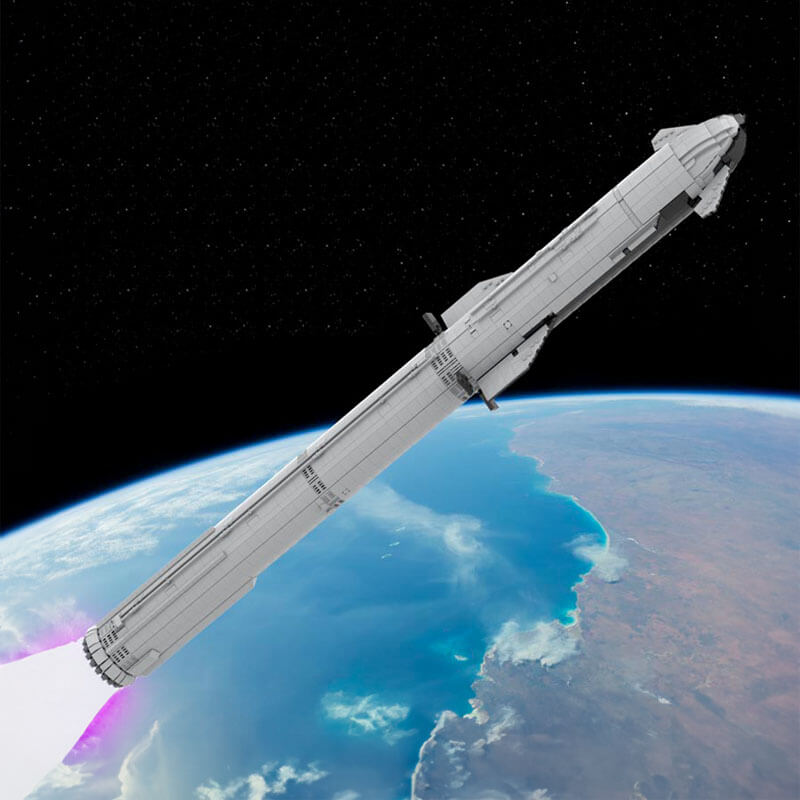
WHAT MAKES THE STARSHIP YOUR FAVOURITE?
"It's my biggest model to date, but most importantly the model I've poured the most time into, around 400 hours, which I hope you notice if you build it. It was one of the first models I began designing and it went through 10 major design versions over 1,5 years before reaching its current state. I learned so much while designing it and it's truly a behemoth when assembled (over one meter tall).
If you're looking for an introductory model which is a bit smaller I would absolutely recommend my Atlas V or Delta IV Heavy models, both hit the sweet spot of size/cost and impressive display abilities, while also being fun building experiences - plus they've launched some pretty famous probes!"
View ModelIS THERE ANY MOC THAT YOU'VE ALWAYS WANTED TO BRING TO LIFE, BUT HAVEN'T HAD THE CHANCE TO?
"I've always wanted to design Starship's Orbital Launch Tower (known as Mechazilla) to complete the Starship launch pad. It will likely be my biggest project so far, but I plan on finally starting to design it later this fall."
-Emil Romano
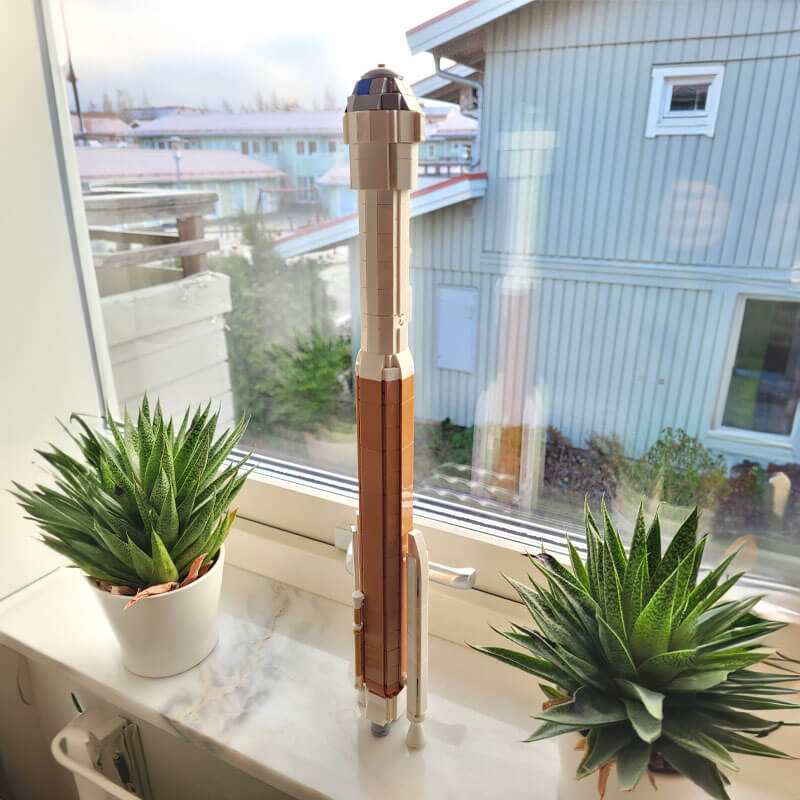
IS THERE ANY DESIGNER YOU TAKE INSPIRATION FROM?
"When I started out I took a lot of inspiration from MOCs of similar rockets, by the likes of Muscovite Sandwich, Eiffelman and Kevin Huang. This taught me valuable lessons on how to build the various diameters and which pieces were useful.
With time I picked up new techniques and developed my own based on my own priorities, such as rigidity, cost, ease of assembly as well as detail richness.
Today I'm part of a small community of other rocket model designers, where we inspire and help out each other to improve our models. Without them I wouldn't be where I am today."
OTHER THAN BLOCKS, WHAT ARE YOUR HOBBIES?
"Too many honestly. I'm obviously a huge space nerd, my main hobby is actually basketball, but I love all kinds of sport. I'm also a theme park enthusiast and like all things tech, movies and video games like Minecraft and Cities: Skylines."
-Emil Romano
TALK US THROUGH YOUR PROCESS. HOW DO YOU BRING A MODEL TO LIFE?
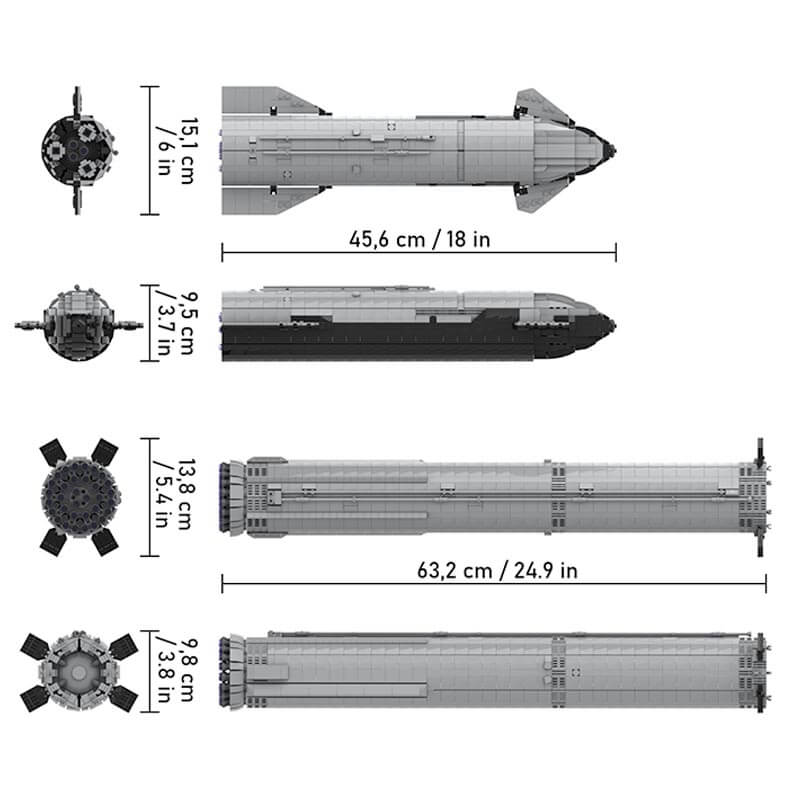
What size are we working with?
"Once I've decided what to design, I always start by looking up the official measurements of the reference object, particularly height and width of each rocket stage.
This gives me an initial idea of how large the model will be and what technique I need to use to create a circle shape with the correct diameter.
Then I try to find measurement references and images from as many angles as possible to base my model off of, while also making myself familiar with the model and where everything is located."
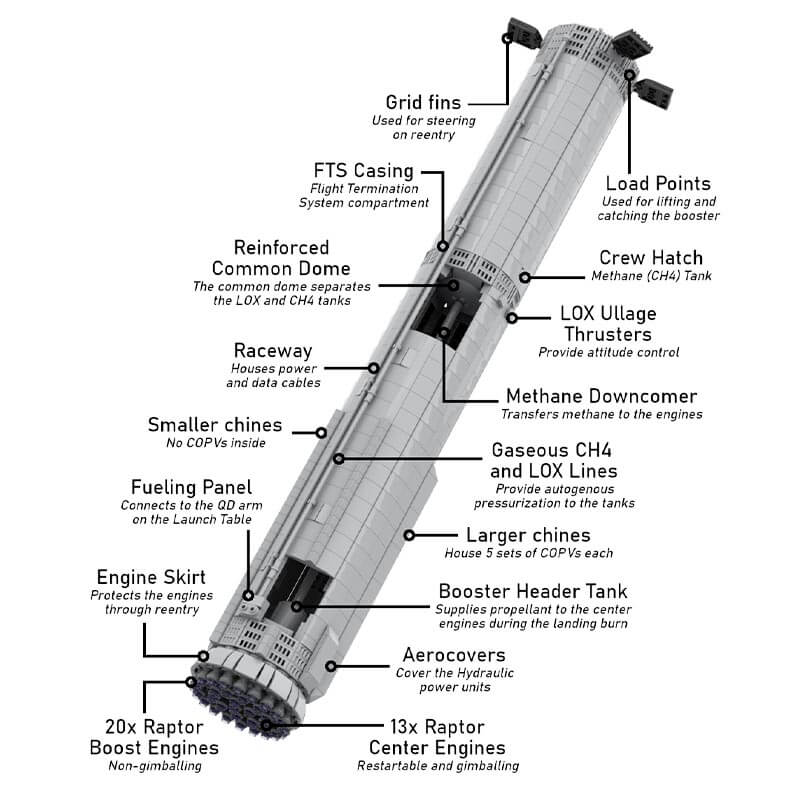
How do we design it?
"The design work itself begins by making an outline of each stage and detail to give me a good sense of the size of the finished model. Then I often begin with the engine section, which is what the rocket often stands on, so it needs the perfect balance of looking accurate and being a stable base. From there I continue up and design the tanks.
There is a wide variety of techniques to recreate the various diameters, so in most cases I can use an existing one, but on certain occasions I'm forced to develop a completely new one. The choice often comes down to parts availability and cost, since the tanks make up a large bulk of the total piece count it's important that they use affordable pieces."
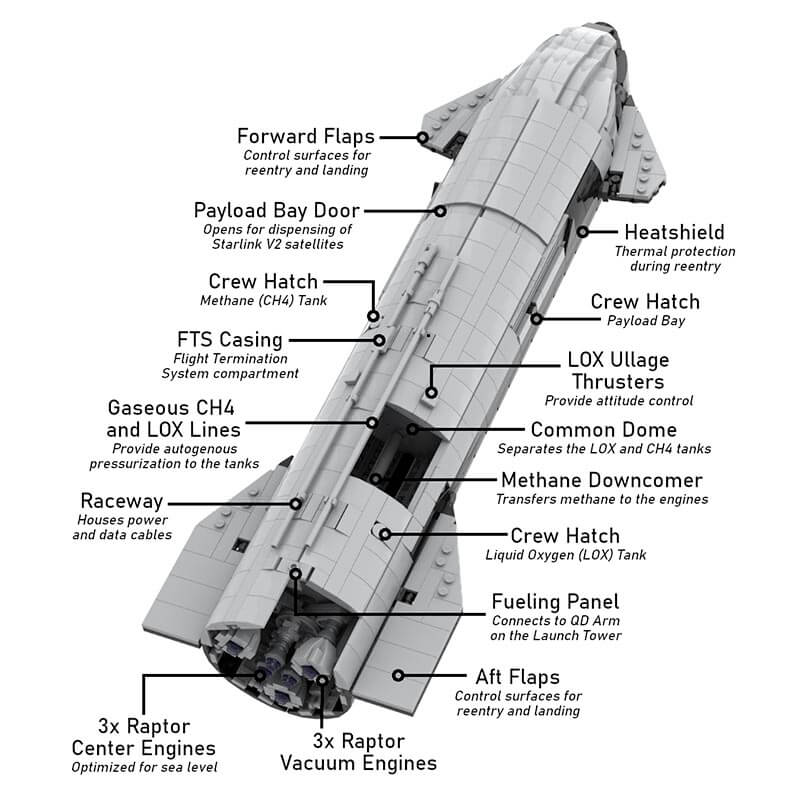
How do we get the details in?
"Then it's time for the most complicated part of each rocket - the nosecone(s). Getting the rounded cone shape is extremely tricky using available blocks, and takes multiple redesigns to get it to look right while also having to consider stability and leaving it hollow on the inside.
Lastly, it's time for the final details, this often also involves figuring out how each stage attaches, how detailed the engines should be as well as designing a payload that can fit in the fairing. When working at such a small scale, it's particularly important for me to add as many accurate details as I can to try and make the model come to life, which I know a lot of my fans appreciate."
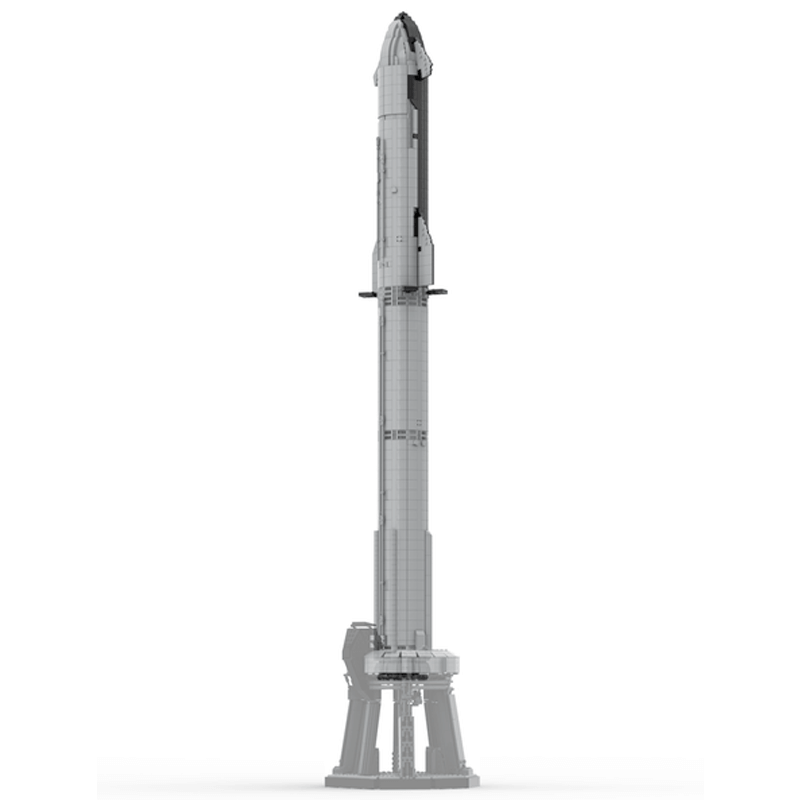
Can we build it in real life?
"All that's left after that is to order the pieces, and do a test build to confirm whether the construction is stable enough to both be displayed and lightly played with.
There's always something that needs to be modified in this last stage, something that doesn't attach well, or a tricky assembly that needs to be simplified.
Finally I take my time to design the instructions in Stud.io to have a thought-out build order and look as professional as possible."
WHAT'S YOUR DREAM HOLIDAY DESTINATION?
"I have always wanted to see a rocket launch in person, so I would have to say Cape Canaveral, FL, or Starbase, TX."
-Emil Romano
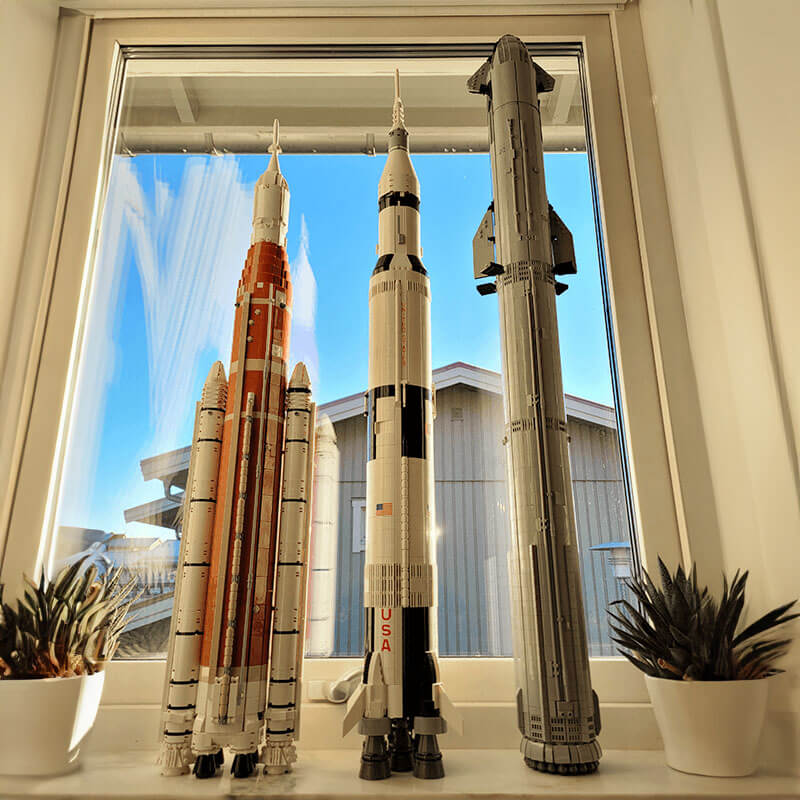
WHAT'S ONE OF YOUR FAVOURITE MOCS (NOT DESIGNED BY YOU) AND WHY?
"It would have to be saxus' SLS rocket model which proudly stands in my collection with my own rockets. It's a massive model with some very clever building techniques. He is also a good friend of mine and has taught me a lot, especially in terms of designing with stability in mind."
Saxus' SLS pictured (left).
View Saxus' SLS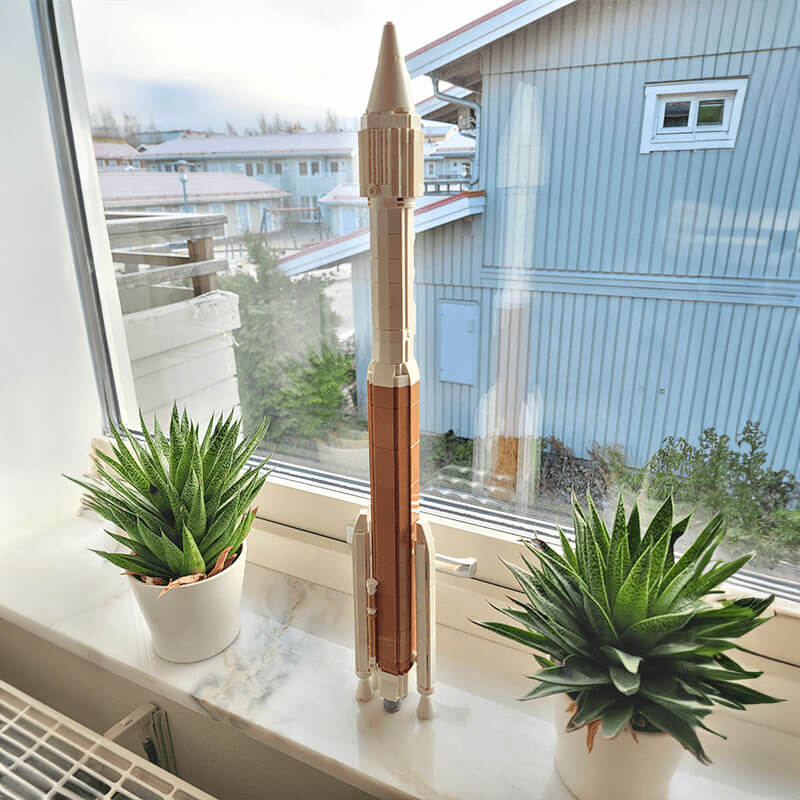
WHAT MODELS ARE YOU WORKING ON NOW?
"Currently, I'm working on adding the Starship hop prototypes to the collection ahead of the second Starship test flight. They will be followed by the R-7 family later this fall, which will include Sputnik, Vostok and Soyuz - three rockets with enormous historical significance.
But the project I'm most excited about is still in the planning stages, but it will likely be my biggest project so far as I'm planning to recreate Starship's Orbital Launch Tower (known as Mechazilla) to complete the Starship launch pad. I've wanted to design it for a long time, but I haven't been able to figure out where I would place it at home. However, after running a poll with my fans I found out the interest was massive, far exceeding my expectations. So now I'm almost left without a choice, I just need to find a good spot to place it in the coming months before I build it!"
EMIL'S UNIQUE CREATIONS
THANK YOU, EMIL!
Emil, first and foremost, thank you for pioneering our Space Collection. If it wasn't for the chat we had last year we'd probably still be solely focused on cars, completely ignoring the exciting world of Space Exploration!
Your MOCs were the first Space themed models we launched, they're the ones we always recommend to our customers and they're the ones that truly set the standard for quality & attention to detail. I can't tell you how often we get offered a new Space MOC that makes us think "...but Emil would have done it better" and how many we end up rejecting because of this (no joke).
I'm sure I speak for our entire team & fanbase when I say that we're extremely excited to see what you come up with next!
-Vlad T, Designer Program Manager.

